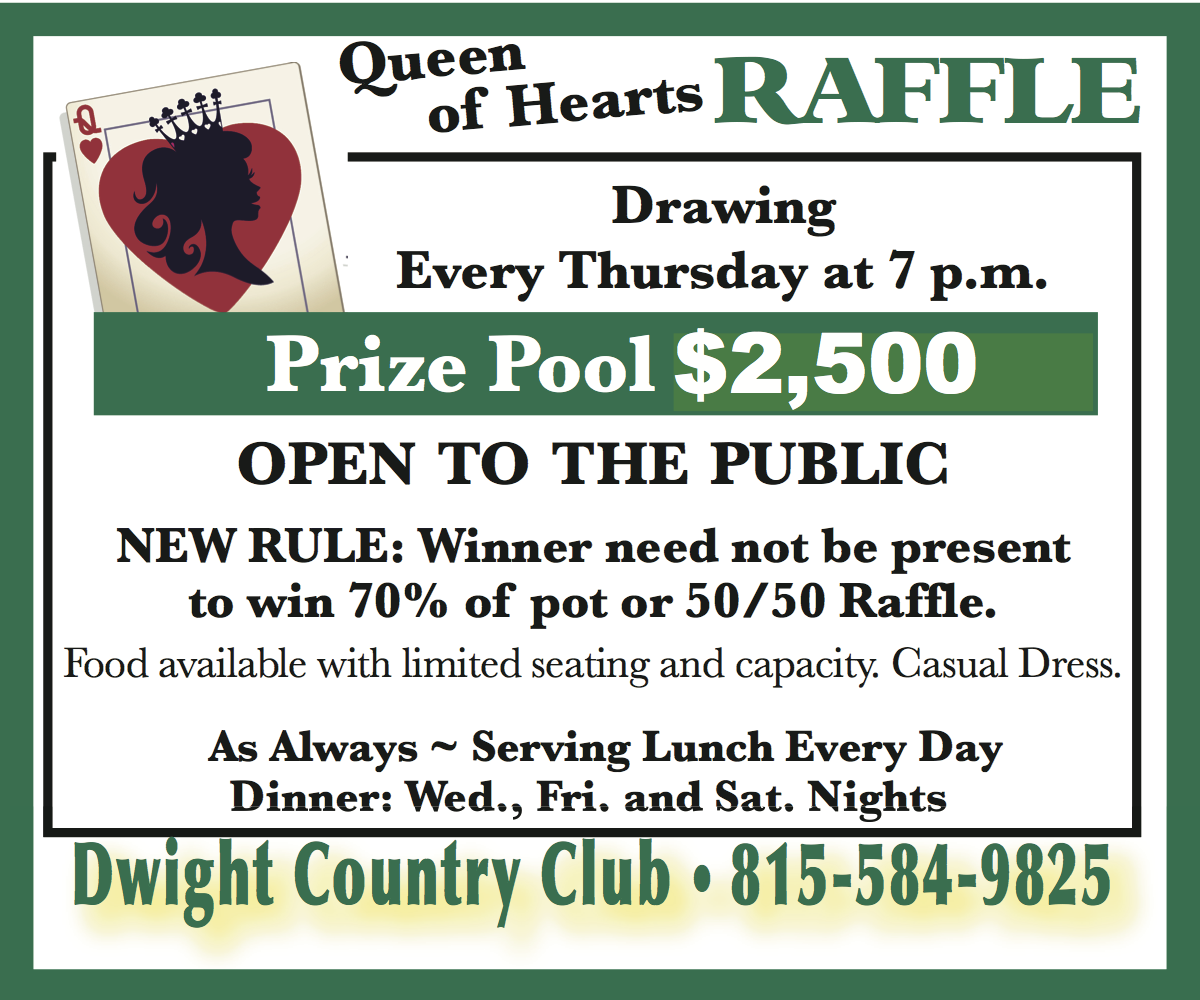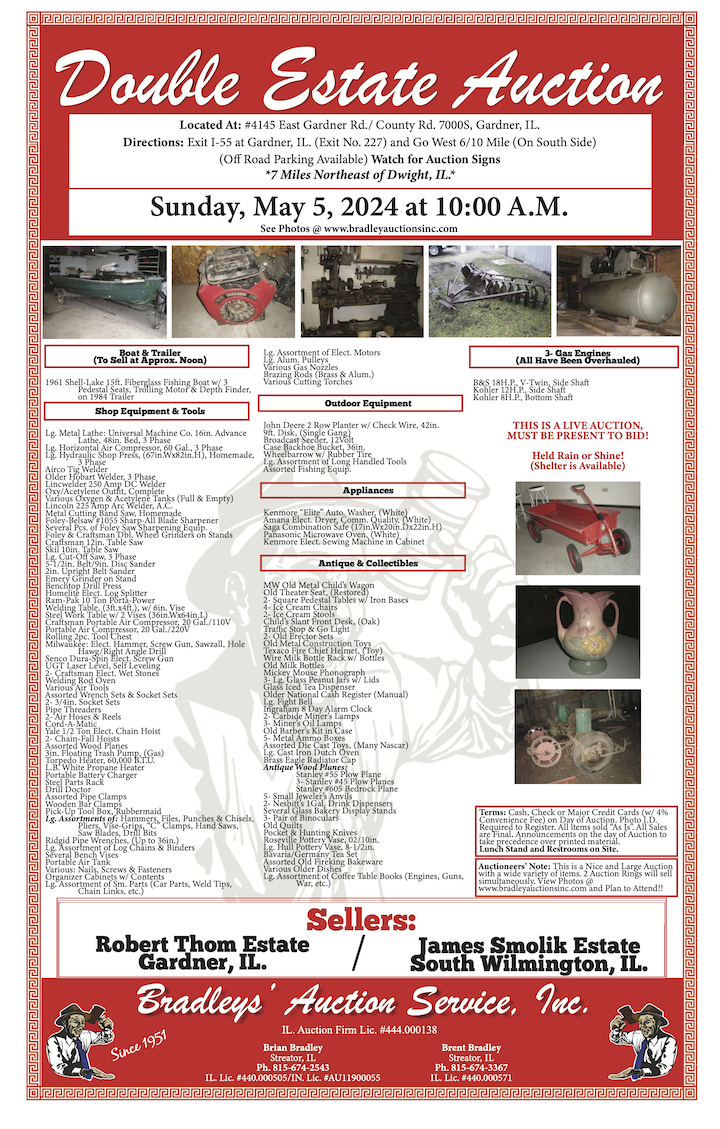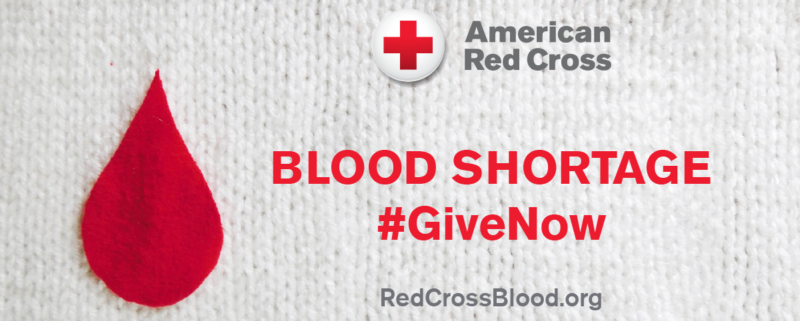Odell Hellcat Pilot Named One of Illinois’ Top 200 Veterans
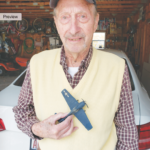
Arthur Leach remembers flying a Grumman fighter over China during the second World War, dodging tracer bullets, one after another.
Suddenly, he felt something warm running down his back, but strangely didn’t feel any pain. He reached behind his back and realized it was sweat.
“I thought I had been hit,” the 98-year-old veteran said.
“There are no atheists flying airplanes,” he said. “I always thought the ‘guy upstairs’ was sitting in the seat behind me.”
That may have been one the scariest moments during his time on the USS Yorktown as a U.S. Navy fighter pilot. But facing the Axis Powers and taking down enemy in the South Pacific was his job, and he made it out without injury.
Leach, of Odell, and formerly of Dwight, is well-known for such stories at the Livingston County War Museum in Pontiac. But he’s now known statewide having been named a recipient of Illinois’ Bicentennial HONOR 200, honoring the work of 200 veterans who continue to make extraordinary contributions.
“There are many that could have been chosen from this museum,” said David Estes, the education director for the museum and the one who nominated Leach. “I naturally thought of Art … because of his incredible story flying all over the Pacific, flying all kinds of aircraft.
“I think he’s a national treasure,” Estes said.
Leach still gets around. He has coffee every morning at the American Legion Post 666 in Odell or at the Livingston County museum, which tells his story. He drives a Volkswagen with a Trump sticker and the license plate ARLFLY 1. He’s 98 years young, still energetic, entertaining and spry, with a flirtatious nature of a 20-year-old, his wings and lieutenant badge pinned securely to his USS Yorktown cap.
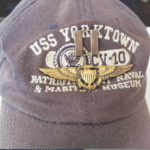
After all, at his age, and what he did for the country, he’s allowed to say what he wants.
He grew up in Morris and attended Illinois Wesleyan College in Bloomington for business management. But he received his draft notice as a senior, and asked the Navy to let him finish school. He graduated on June 8 and on June 10 was in uniform.
He was sent to St. Louis for Naval aviation testing and was one of only two who passed. He was accepted as a cadet to learn to fly, and after 11 months of training, learning first to fly in an open cockpit, he received his wings in May 1943.
He was assigned to a combat squadron in the South Pacific war zone aboard the USS Yorktown, where he served from 1944-45.
The Yorktown carried 3,500 men and 150 fighters and torpedo bombers on an 875-foot-long deck. As a pilot, Leach flew many aircraft, including the T-6 Texan and the Brewster Buffalo, but most of his time he flew the Hellcat, the Navy’s dominant fighter in the second half of the Pacific War.
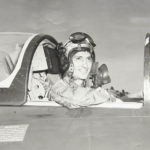
The Hellcat had an 18-cylinder, two-row, air-cooled radial piston engine with 2,000 horsepower. It cruised at 168 mph with top speeds of 368 mph. It could climb up to 37,000 feet at a rate of 3,410 feet per minute. It performed well at all altitudes, making it effective against both high-level bombers and low-level attacks by fighters and kamikaze planes. It had six .50-caliber machine guns, each supplied with 400 rounds. On a mission, Leach said he would always shoot four, saving two for the trip back to the Yorktown, lest he came across enemy fire.
Leach said his squadron would go out four to five times a day, for hours at a time. It’s mission: to damage what was on the ground.
It was a time long before GPS, and there were no “streetlights” in the vast Pacific to guide him. He had to rely on navigation, a compass and hand signals from fellow pilots in the squadron.
“Everybody trusted everyone else with your life,” he said.
His fighter unit engaged the Japanese in the Philippines, Formosa (now Taiwan), Okinawa, Iwo Jima, Hong Kong, China, French Indo-China (now Vietnam) and Japan. It was tough work, often with casualties.
“You’d see guys take off and you’d never see them again,” Leach said.
His squadron shot down 91 Japanese aircraft. They dropped napalm on Iwo Jima. Out of 105 pilots in his squadron, 31 pilots were lost due to anti-aircraft gunnery or accidents but they never lost a pilot to Japanese aircraft.
He had plenty of time to think flying thousands of miles across the vast Pacific. What did he think about? Well, girls for one, he winked. And although there was often panic, he separated his emotions from the job he was hired to do. He said he didn’t think about the enemy lives he was destroying. Shooting from above, it was always impersonal. It’s why he wanted to become a pilot instead of being on the ground. He never saw their faces, he said.
He returned home in September 1946, but remained in the Ready Reserve for 10 years flying training missions at Glenview Naval Air Station near Chicago. He was discharged in 1956 as a senior lieutenant after 14 years of service.
He spent the next 36 years as a banker in Morris. He raised three girls and has four grandchildren and four great-grandchildren. He enjoyed his squadron’s biennial reunion.
Today, he remains active in the Livingston County War Museum, participating in Skype in the Classroom, sharing his story with youngsters all over the world. On Sunday morning, he Skyped a classroom in England. The museum has “visited” 250 schools in the U.S. and in 15 foreign countries.
Leach was gifted an Honor Flight several years ago, but the Honor 200 for Illinois’ 200th birthday is perhaps his biggest honor, he said.
Nominees were evaluated based on their achievements, and on the extent to which their contributions have aided, benefited and provided inspiration to their community at large. A nominee had to be an Illinois resident, honorably discharged and still living.
As part of being honored, Leach gets two tickets to the state’s official 200th birthday celebration at the United Center in Chicago on Dec. 3. He said he plans to take Estes, a Vietnam vet, “because they weren’t appreciated when they came back.”
Meanwhile, the guys at the museum are celebrating Leach’s latest accomplishment.
“It’s pretty impressive,” said Richard Whitman, vice president of the museum. “They [the Navy] were pretty fortunate to have him.”










